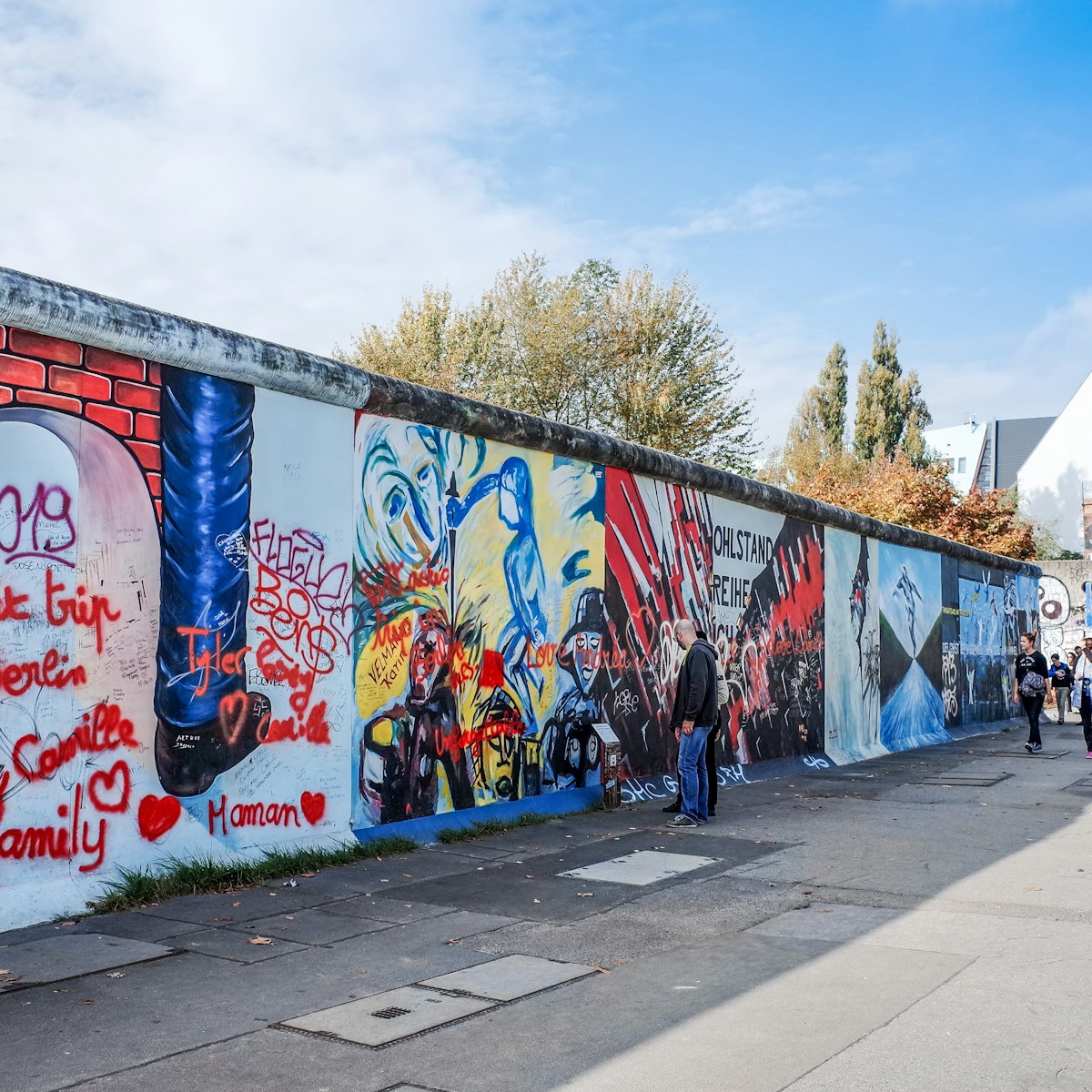The Pergamonmuseum is one of Berlin’s most visited historical gems and perhaps also its most controversial. This museum offers an archaeological time-warp back to the ancient worlds of Babylon, Greece, Rome and beyond – and some argue that its artifacts should be returned to where they were found.
One of the world’s largest museums, welcoming around 800,000 visitors annually, the Pergamon is a palatial three-wing complex uniting classical sculpture, monumental architecture and excavated treasures in dainty glass cases.
It comprises three major collections, the Antikensammlung (Collection of Classical Antiquities), the Museum für Islamische Kunst (Museum of Islamic Art) and the Vorderasiatisches Museum (Museum of the Ancient Near East).
Key exhibits include an excavated reconstruction of the radiant-blue Ishtar Gate from Babylon, which more than 2600 years ago served as the ancient city’s Processional Way. Also impressive is the giant Market Gate of Miletus linking up Asia and Europe for Roman patrons and the Pergamon Altar, an ancient Greek victory monument now considered the zenith of Hellenic art.
Since 2013, the Pergamon has been undergoing an extensive renovation to the tune of €477 million (about $560 million). Currently, the Pergamon’s central building (where the Pergamon Altar as well as several other rooms are located) is off-limits and will reopen in 2025 at the earliest.
In the meantime, visitors can see a temporary 360º panorama exhibition of how Pergamon and its altar would have looked in 129 BC. The display, which also includes sculptures and other works from the museum, was created by renowned Berlin artist Yadegar Asisi.
History
The Pergamonmuseum was founded against the backdrop of Germany’s 19th-century archaeological digs. In 1871, Germany, spurred by the discovery of Troy by a German archaeologist and the excavation activities of other colonial powers, began digging where the ancient kingdoms of Pergamon (modern-day Turkey), Babylon (modern-day Iraq) and Egypt once stood.
Under special permissions from the Ottoman Empire that dictated the sharing of items, Germany successfully exported many artifacts to Berlin.
The findings were displayed in the Kaiser-Friedrich-Museum on the Museumsinsel (today’s Bode-Museum), but eventually space ran out. In 1910, the construction of a new building began per order of Germany’s Emperor Wilhelm II. The Pergamon, the youngest of the five museums on Museumsinsel, opened in 1930 to much fanfare. The Ishtar Gate and Pergamon Altar, modern architectural and archaeological marvels reconstructed from excavation pieces and modern materials, were the starring attractions.
At the end of the Second World War, the museum was severely damaged during an airstrike. While most main displays and large exhibitions were walled in for protection, smaller items were destroyed or stolen. The Red Army in particular collected a wealth of items as Berlin burned to the ground.
By 1958, most objects had been returned by the USSR to East Germany, but a few significant items of the Pergamon’s original collection remain in Russia’s Pushkin Museum of Fine Arts in Moscow and the State Hermitage Museum in Saint Petersburg. Russia, due to its restitution laws, has no plans to return items to Germany or elsewhere.
Meanwhile, the legitimacy of Pergamon’s overall acquisition has long been debated. In 2011, at least one artifact, the 3000-year-old Sphinx of Hattusa, was returned to Turkey after being on display at the museum since 1934.
Plan your visit
The Pergamonmuseum is typically full of student groups, so the best time to visit is on weekday mornings.
The Museum of the Ancient Near East and the Museum of Islamic Art remain open while the Collection of Classical Antiquities is closed for renovations until 2025.
Currently, the temporary entrance first leads you into the Museum of the Ancient Near East, where the Ishtar Gate and Market Gate of Miletus are located. Upstairs, grandiose works from the Islamic world include the caliph’s palace and the 17th-century Aleppo Room from the house of a Christian merchant in Syria.
Set aside at least two hours for the museum and be sure to use the free and excellent audio guide.
Getting there
The Pergamonmuseum is on Museumsinsel and is easily accessible by public transportation. The U5 line stops right outside Museumsinsel at Unter den Linden station. The museum is also a short walking distance from the S-Bahn stations Friedrichstraße and Hackescher Markt. Trams M1 and 12 will take you to nearby Kupfergraben, while buses 100 and 200 stop at Lustgarten on Unter den Linden.










